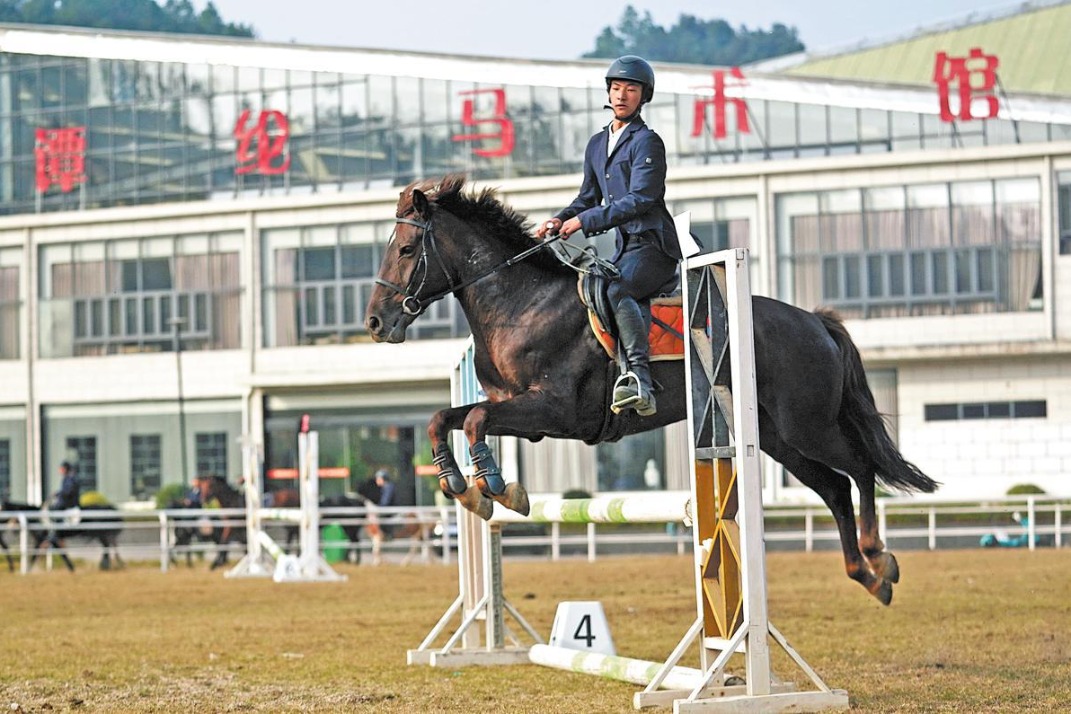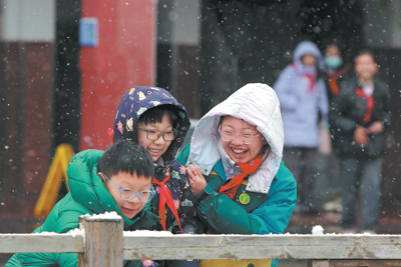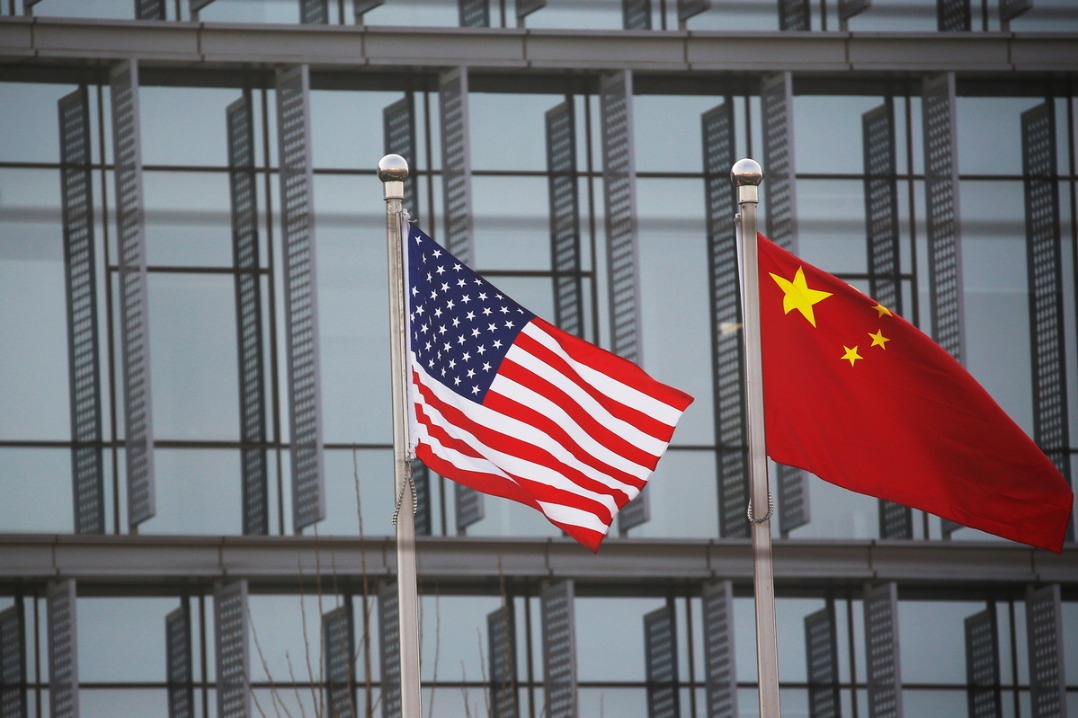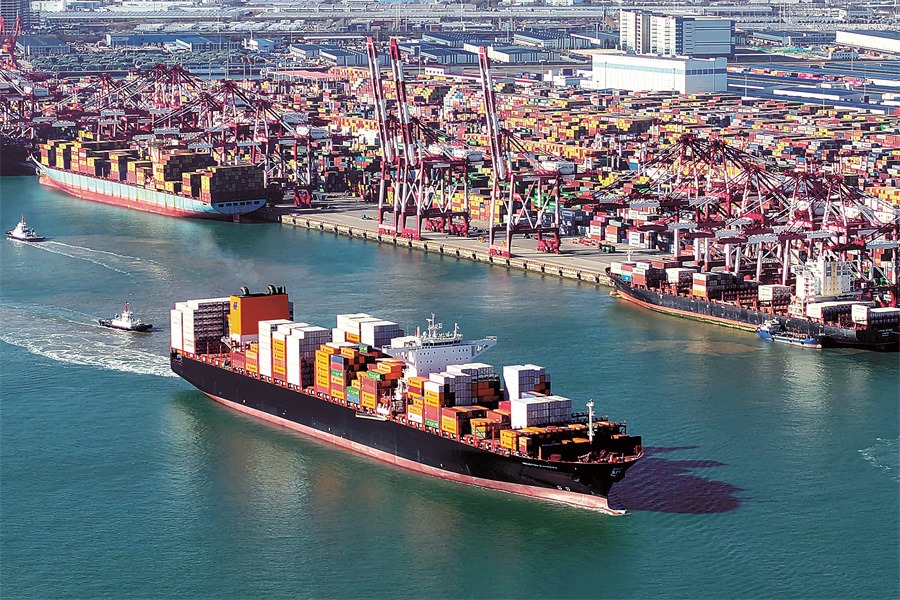Suzhou a city blending modernity, heritage


Suzhou was historically surrounded by a wall and protected by a moat, today's Waicheng River. Defensive water gates such as Panmen would allow access into the city. The Grand Canal connected the city with Hangzhou to the south and with many cities along its course north toward Beijing. The previously mentioned Wusong was its link to Shanghai while to the west stretches the expanses of a vast inland sea, Taihu Lake. Suzhou, seen as a city of abundance and one at the heart of Jiangnan culture, was during the Eastern Han Dynasty around 100 AD one of the world's 10th largest cities.
Next day I was reconnecting with older Suzhou, walking through the tranquil Pingjiang area in the northeastern corner of what was historic Suzhou. Indeed this district goes back to the Song Dynasty when Suzhou was actually known as Pingjiang. Part of its original layout, including the 1,606-meter-long principal alley, is still recognizable today. Since 2015 it has been listed as one of China's National Historic and Cultural Streets. It is lined with low-rise houses that certainly capture a feeling of Suzhou's style - simple, timeless and graceful. Indeed, it is an epitome of local Jiangnan water city style, combining small, arched bridges and flowing water.
Walking around, along the main canal or into an adjoining maze of lanes, offers endless opportunities to meet and watch the everyday life of the local people, whether discovering elements of Suzhou's growing artistic scene, or simply sitting at an outdoor terrace of a cafe or tea house observing the serenity while covered wooden boats carrying tourists gently ply the waters.
Pingjiang is also a place to enjoy local snacks created with that distinctive sweet and savory signature taste of Suzhou. It was fascinating observing modern technology combined with historic heritage, the use of cashless payment via smartphones appearing universal. I discovered Pingjiang in 1996; today it is a major tourist destination for the city and yet it has retained much of the charm and fascination I felt all those years ago.
It was while strolling through Pingjiang that I increasingly felt Suzhou has managed to successfully combine two sides, a balance between modernity and tradition.
Nearby, walking toward the pedestrian Guanqian Street, I passed Xuanmiao Temple, a prominent Taoist structure dating back to 276 during the Western Jin dynasty. It was a joy to be back on Guanqian Street, popular for its many shops and restaurants including renowned time-honored brands located often within traditional-styled buildings. My diary notes reminded me that I had regularly dined in some excellent eateries around there in 1996, something repeated on this visit.
West of the older city is Fengqiao, an area bordering the Grand Canal. That waterway continued to be busy with boat traffic passing the gardens and traditional architecture of this historic enclave. The centerpiece, Fengqiao (Maple Bridge), is famed through the work of Tang Dynasty poet, Zhang Ji. A Night Mooring by Maple Bridge depicts the melancholy scene of a dejected traveler, moored there at night on the canal while hearing the bells of the nearby, long established Hanshan Temple. This is another amazing area for photography, to capture images of Suzhou's historic splendor.
Suzhou is also renowned for its historic gardens, some of which I visited in 1996. They are beautiful reminders of Suzhou's past and its intrinsic heritage. They symbolize perfection, a layout displaying unique techniques in combining water, stones, trees, pavilions overlooking ponds often teeming with golden fish and all contained within a compact location. It was late evening, when a return visit was arranged to the historic Master of the Nets Garden, accessed via a narrow alley. Justifiably a UNESCO World Heritage Site, its dates from 1140. This time it was particularly memorable for several musical and classic performances arranged within traditionally decorated rooms including a terrace overlooking the central pond. This moment conveyed so much of what Suzhou's culture represents and was just as meaningful in 2021 as in 1996.
In total contrast, before heading to the garden, a driverless bus provided a futuristic transfer experience to a restaurant within the ultra-modern area growing around the North Railway Station. The technology was utterly fascinating .
It was a delight to be back in Suzhou, as I was really appreciating the entire experience and indeed felt satisfied that much of the city I knew had been retained.


































